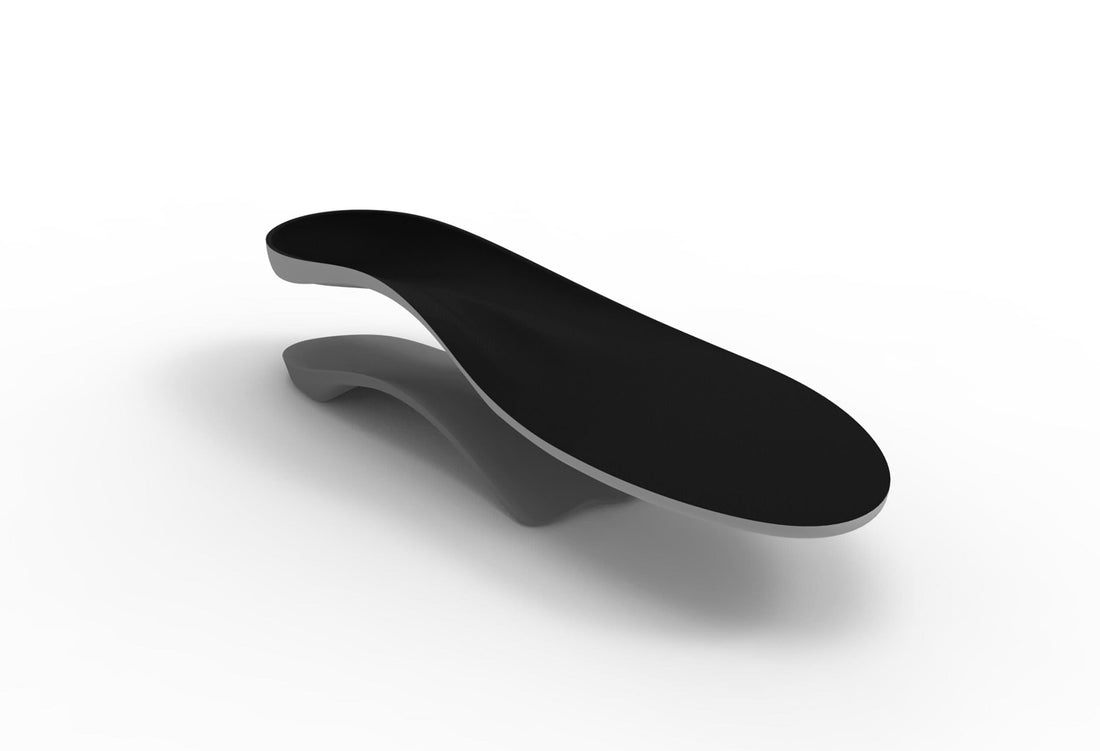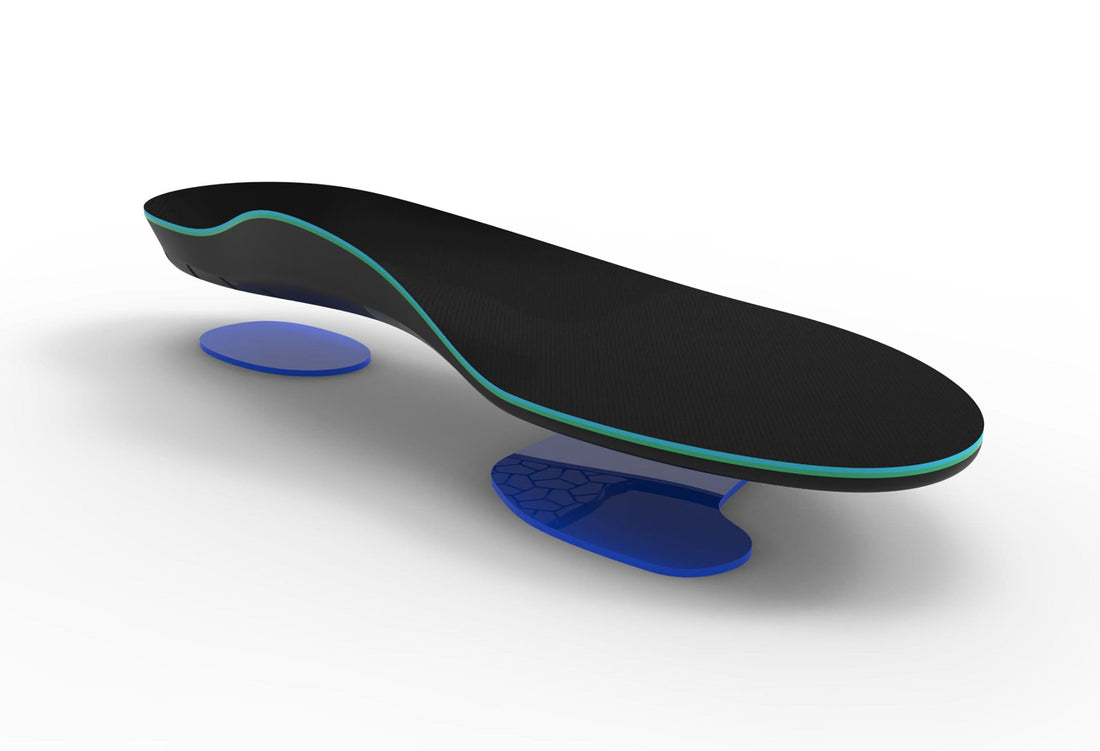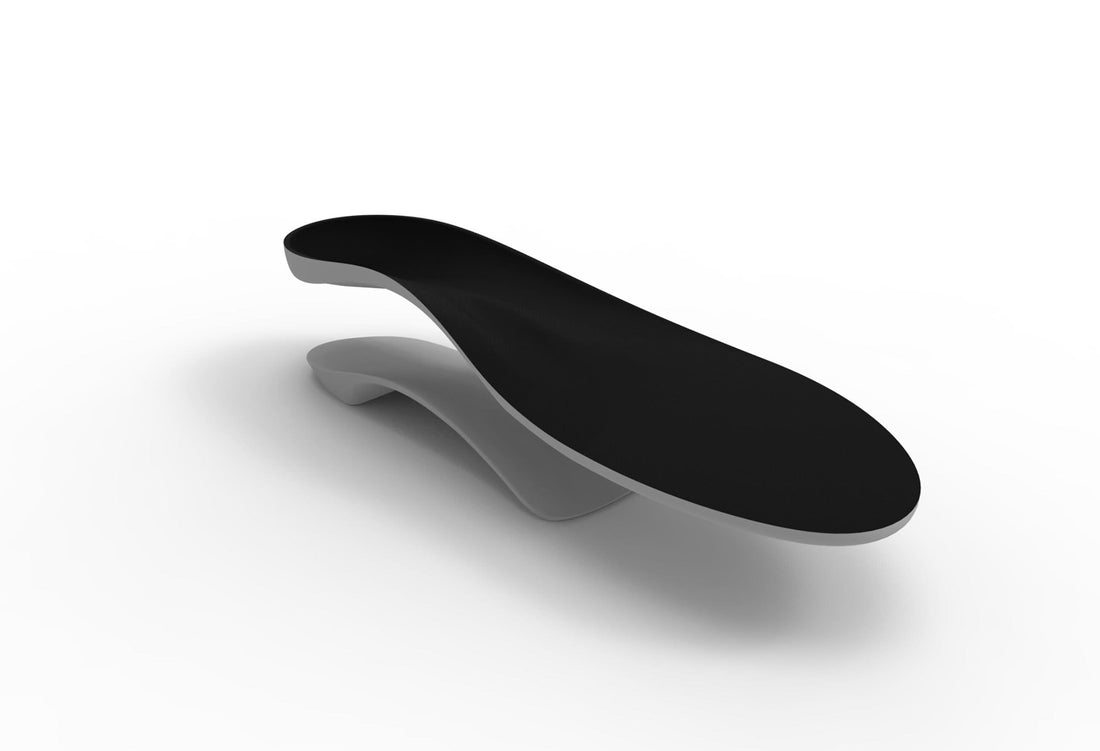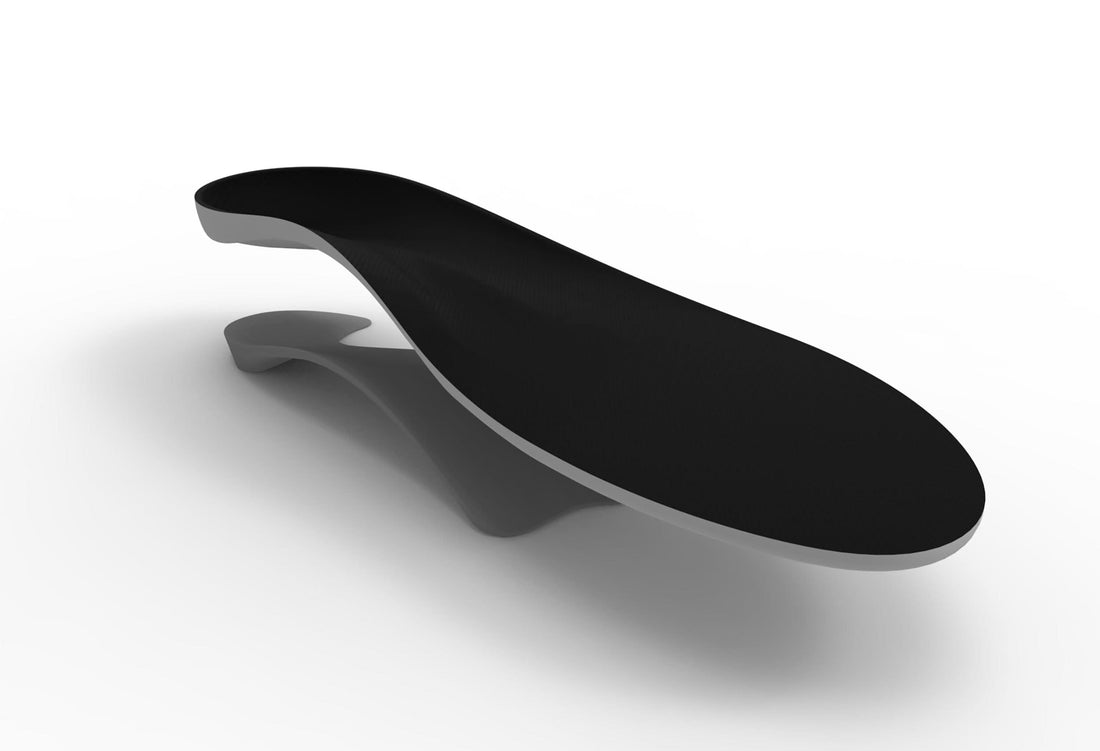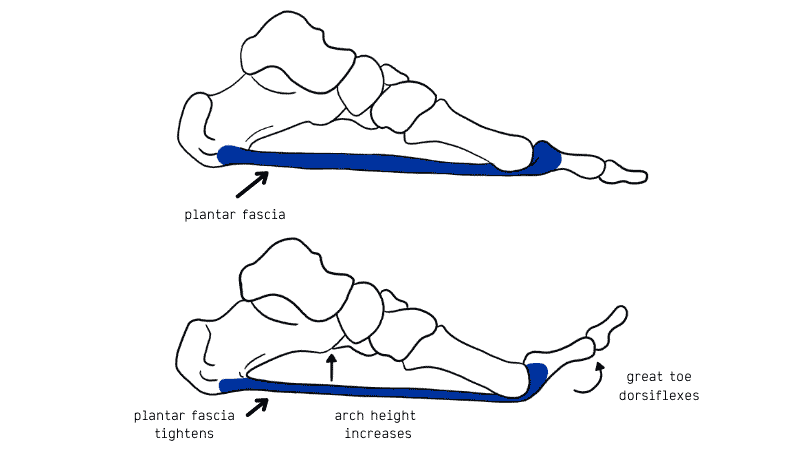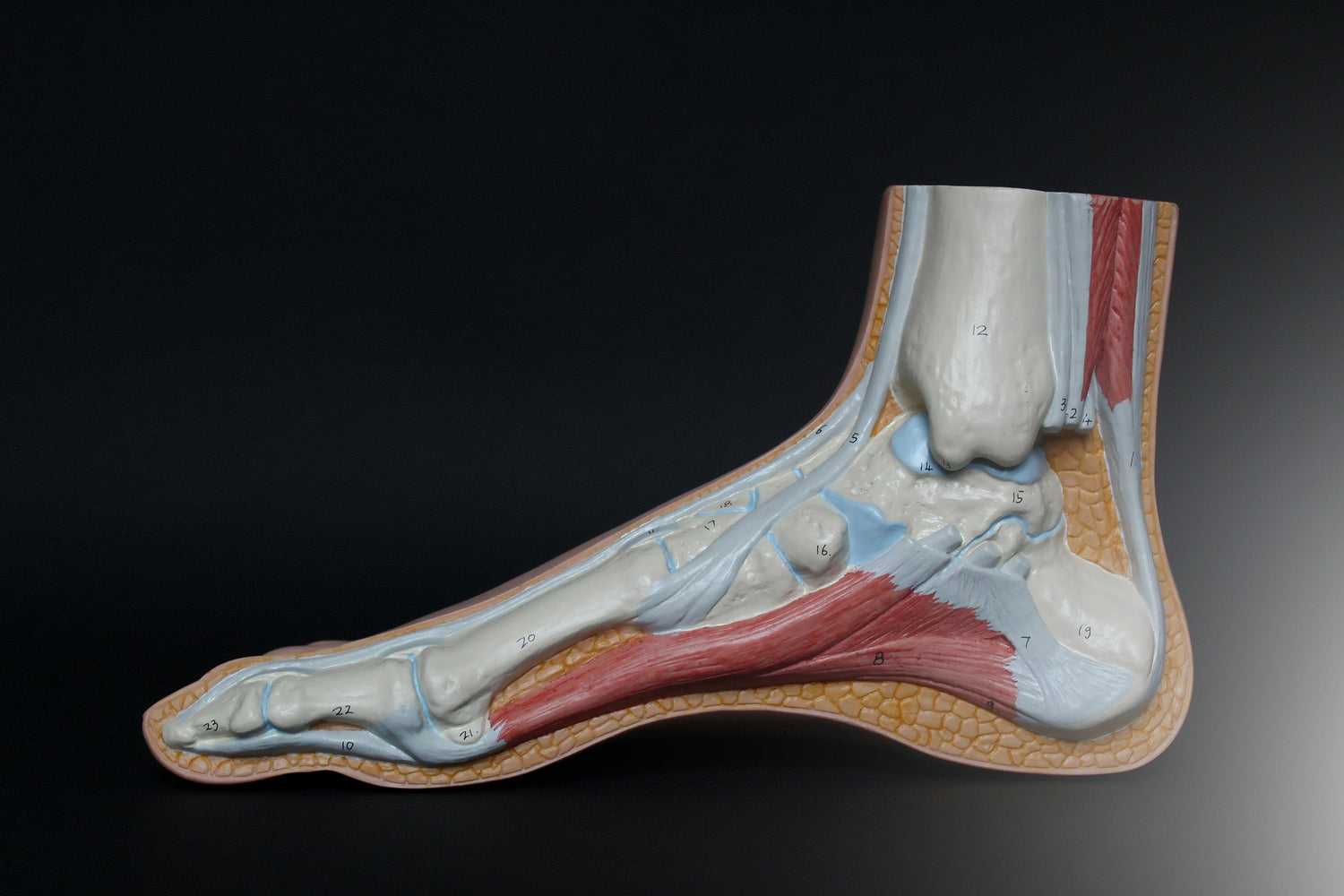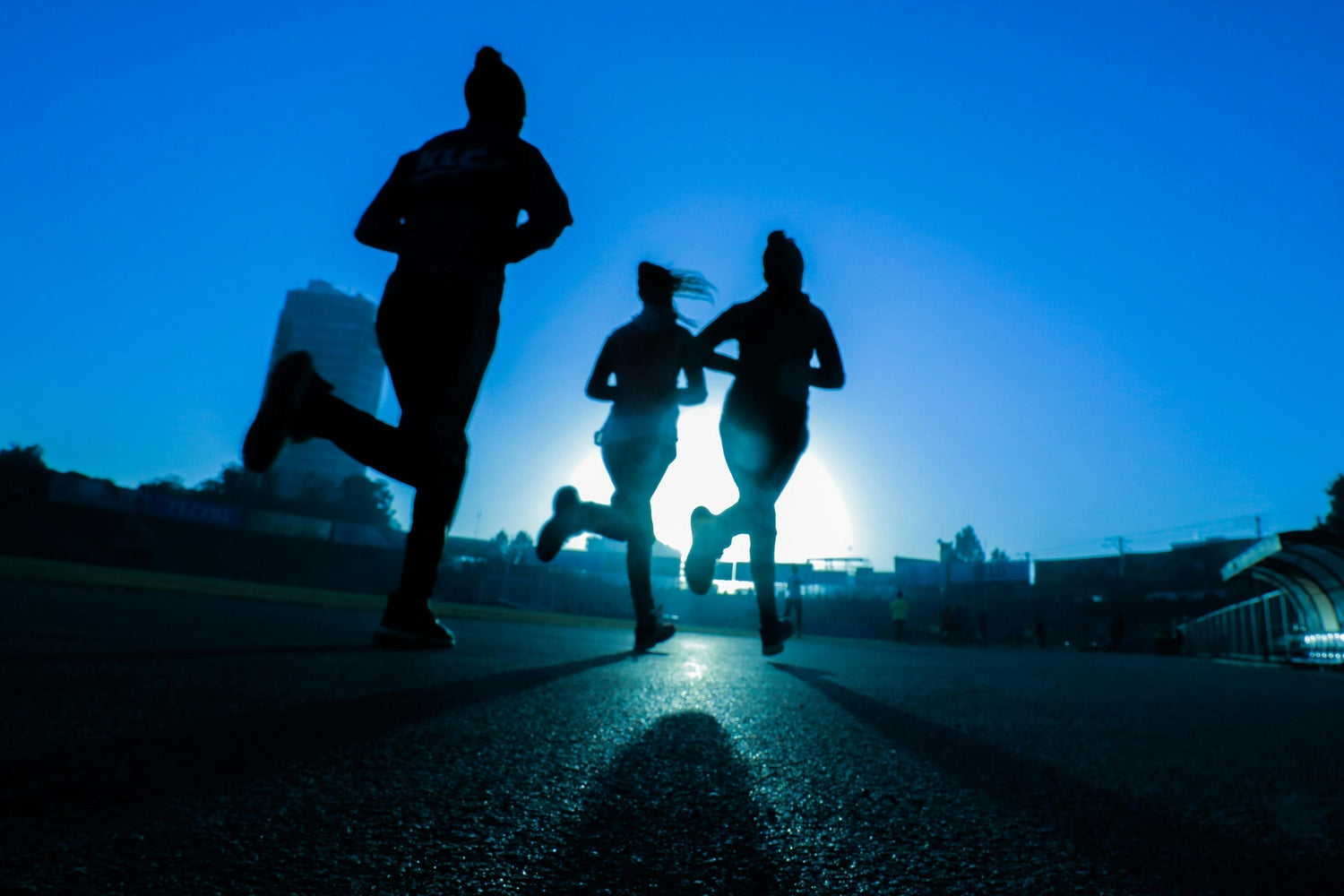Shin Splints refers to pain experienced along the inside, lower third of the leg or ‘shin’ region and is a common complaint of long distance runners. Medical practitioners rarely use the term ‘Shin Splints’ as there is a range of unique and complex sources for pain in the ‘shin’ area. Attaining the correct diagnosis through a thorough clinical assessment and history taking is crucial as each condition will benefit from different treatments, and ultimately improve your chances of returning to exercise sooner.
Cause
As mentioned, Shin Splints can be caused by a number of conditions, and is most commonly seen in long distance runners due to training errors such as overtraining, worn out footwear and poor biomechanics. The two most common pathological causes for pain are;
- Medial Tibial Stress Syndrome – Damage and inflammation of the muscles inserting onto the Tibia (shin bone).
- Stress Fracture – Fracture of the Tibia bone
Symptoms
Medial Tibial Stress Syndrome (MTSS)
- Pain is located at the inside/lower third of the shin area and is tender to palpate.
- Pain is usually worse at the start of exercise, and eases as exercise continues and during periods of rest.
- Pain can be diffuse with variable intensity.
Stress Fracture:
- Little relief from pain, including pain at night and rest pain.
- Sharp pain, often isolated to a point along the inside of the shin/tibia bone
- Unresponsive to conservative treatments
- See your practitioner for more information regarding diagnosis and treatment if you suspect a stress fracture is present
Diagnosis
Diagnosis of Medial Tibial Stress Syndrome is made by your medical health practitioner and is based on the following;
- Clinical examination reveals the correct location, nature and intensity of the pain.
- History of injury is slow and progressive and warms up with exercise.
- Radiography investigations– X-rays and Bone Scans can rule out stress fractures. MRI can diagnosis excessive inflammation and tendon or muscular damage associated with MTSS.
Treatment
- Orthotics: With the help of your practitioner, treating poor biomechanics with the use of an
- Interpod Orthotic will assist in reducing the stress on the shin and aid in recovery. The orthotic achieves this by reducing the amount of overprontation (rolling inwards) during walking and running, as well as assisting shock absorption for those whose feet roll out excessively (supination).
- RICE: Treat the immediate symptoms with Rest from painful activities, Ice, Compression (tights or socks) and Elevation of the legs.
- Rehabilitation: Addressing tightness in the surround calf structures through exercises and massage.
- Surgery: Surgical release is a last resort treatment
Prevention
- Address Training Errors
- Continue use of orthotic devices to address biomechanical causes
- Build your exercise program gradually (don’t do too much too soon when starting back and avoid large jumps in activity loads from week to week.
- Ensure that your footwear is appropriate for the exercise and not ‘worn out’
- Implement sufficient rest and recovery periods post exercise sessions (including stretching, strengthening exercises and massage
References
Brukner and Khan (2009). Clinical Sports Medicine. The McGraw-Hill Companies, pg 555 – 577.


